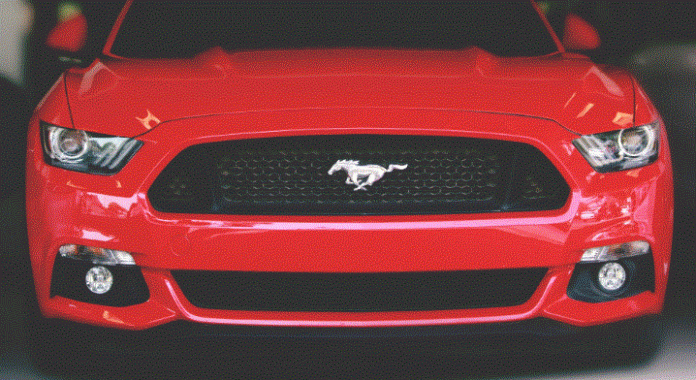The Ford Thunderbird that began production in 1955 started as a sports car but was soon converted into a personal luxury model.
In 1958, the Thunderbird became a four-seater and in the next few years it acquired a larger and more luxurious look.
The trend continued till the large two-door coupe became unpopular and the production stopped in 1997, which was revived in 2002.
The first Thunderbirds were nicknamed Classic Birds, and were sold from 1955 to 57. It was tradition that stuck, and every new model was given a bird nickname.
The Thunderbirds sold during 1958-1960 were nicknamed Square Birds. At this time they were four-seater family cars designed with sharply angular and formal styling theme.
Ford was so enamored by the success of Square Birds that it even targeted women for its 1959 model.
The Square Birds gave way to Bullet Birds during 1961-1963. These cars were sleeker, had pointed nose and rocket-ship lines with twin jet exhaust-like round taillights.
The Thunderbirds underwent a change once again in 1964 and for the next two years were marketed as Flair Birds.
During this time the Thunderbird acquired a “formal” look, but the suspension, engine, and transmission remained the same.
Efforts to minimize noise and vibration from the unit body led to a weight increase of some 244 lb.
Interestingly, the Flair Bird played a major role in the TV series Highlander as protagonist Duncan Macleods mode of transportation.
From 1967-71 the Thunderbirds were marketed under the nickname of Glamor Birds, and as Big Birds from 1972-1976.
These were the biggest Thunderbirds ever produced. They had massive V8 engines, and weighed around 5000 lb.
But their enormous size and heavy engines gave miserably low mileage and the 1973 oil crisis compelled the company to downsize the Big Birds.
Torino Birds were launched in 1977, and for two years they were the new face of Thunderbirds.
These downsized cars had smaller chassis, smaller body and were lighter by 900 lbs. The height and width remained unchanged.
Then came the Box Birds in 1980. These were a little more than a sedan with nicer trim. They were a unibody car, weighing 800 lb (363 kg) and 17 inches shorter than the earlier models.
And then came the majestic Aero Birds. This aerodynamic car brought in the launch of the Turbo Coupe.
In 1987, the Ford Thunderbird Turbo Coupe came with several notable features. These included automatic ride control, anti-lock brakes, and the intercooled turbocharged engine.
In 1989, Thunderbird decided to take on the BMW-6 Series and launched the majestic Super Birds.
This Thunderbird had four-wheel independent suspension and a slightly smaller, more aerodynamic body. It also used a new engine.
The 21st century saw the Thunderbird take a new look. In 2002, the Retro Birds hit the road, and for three years were the main model.
They were a two-seater based on the Ford DEW platform, and followed the trend for nostalgic recreations of old-fashioned (or “retro”) cars.
Unfortunately, most of the Ford Thunderbirds remained large luxury cars with massive weight and poor mileage.
That is why they found it difficult to compete with their trendier and sleeker European or Japanese rivals.

